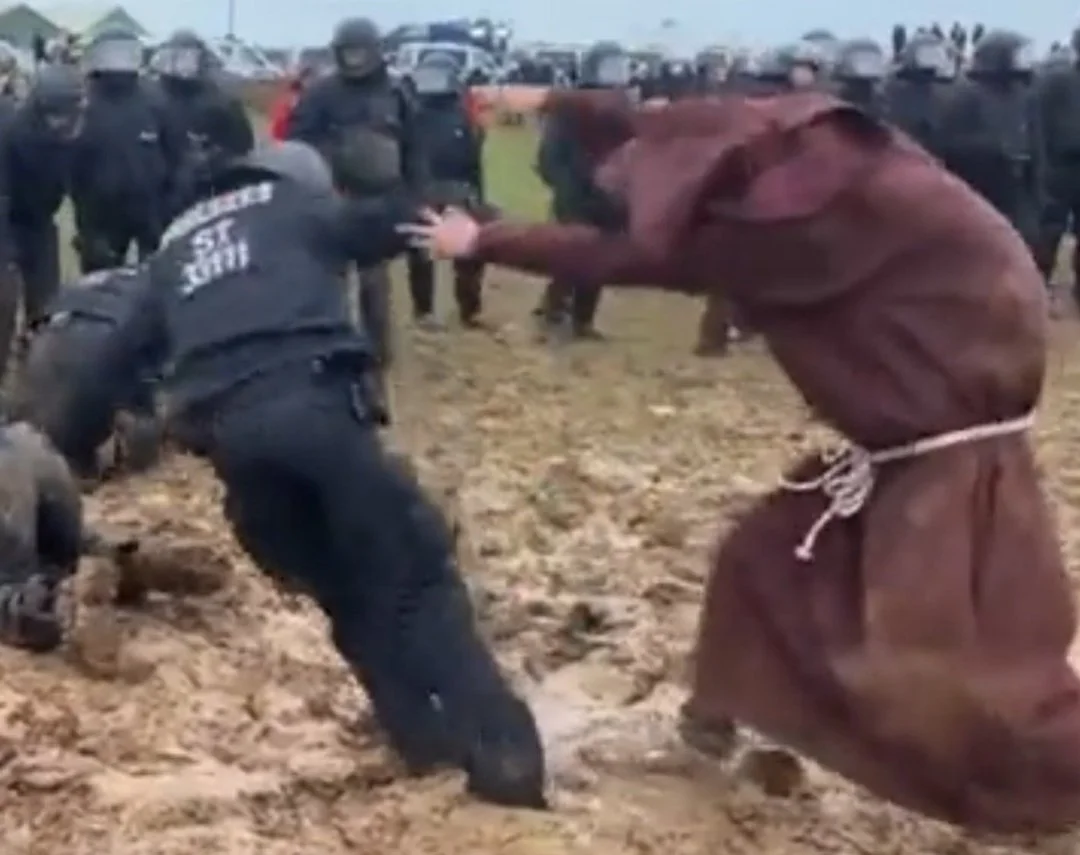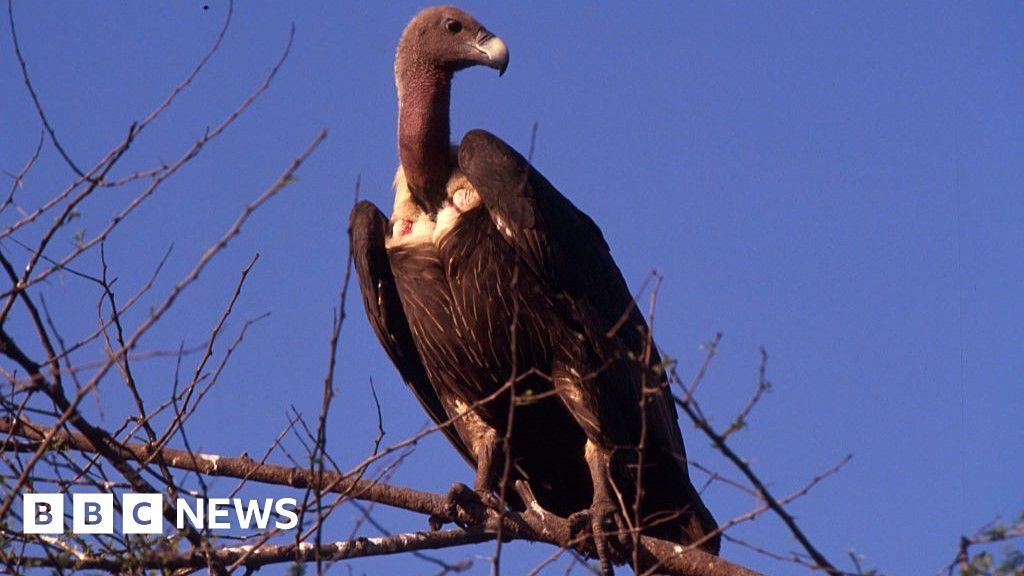- cross-posted to:
- news@lemmy.world
- cross-posted to:
- news@lemmy.world
Once upon a time, the vulture was an abundant and ubiquitous bird in India.
The scavenging birds hovered over sprawling landfills, looking for cattle carcasses. Sometimes they would alarm pilots by getting sucked into jet engines during airport take-offs.
But more than two decades ago, India’s vultures began dying because of a drug used to treat sick cows.
By the mid-1990s, the 50 million-strong vulture population had plummeted to near zero because of diclofenac, a cheap non-steroidal painkiller for cattle that is fatal to vultures. Birds that fed on carcasses of livestock treated with the drug suffered from kidney failure and died.
Since the 2006 ban on veterinary use of diclofenac, the decline has slowed in some areas, but at least three species have suffered long-term losses of 91-98%, according to the latest State of India’s Birds report.
And that’s not all, according to a new peer-reviewed study. The unintentional decimation of these heavy, scavenging birds allowed deadly bacteria and infections to proliferate, leading to the deaths of about half a million people over five years, says the study published in the American Economic Association journal.
“Vultures are considered nature’s sanitation service because of the important role they play in removing dead animals that contain bacteria and pathogens from our environment - without them, disease can spread,” says the study’s co-author, Eyal Frank, an assistant professor at University of Chicago’s Harris School of Public Policy.


